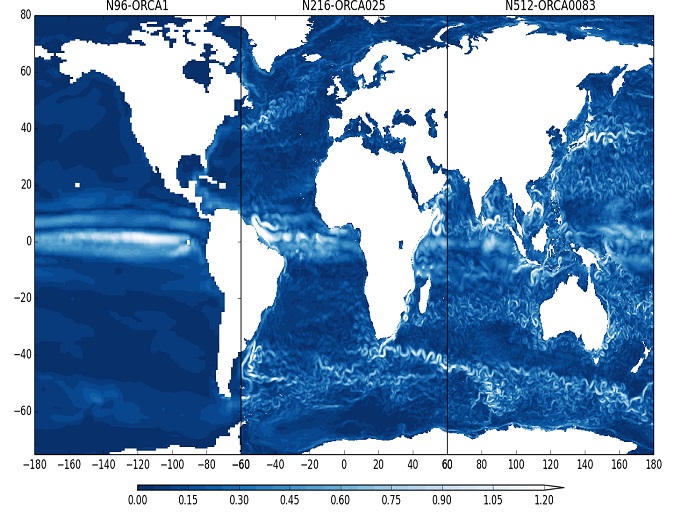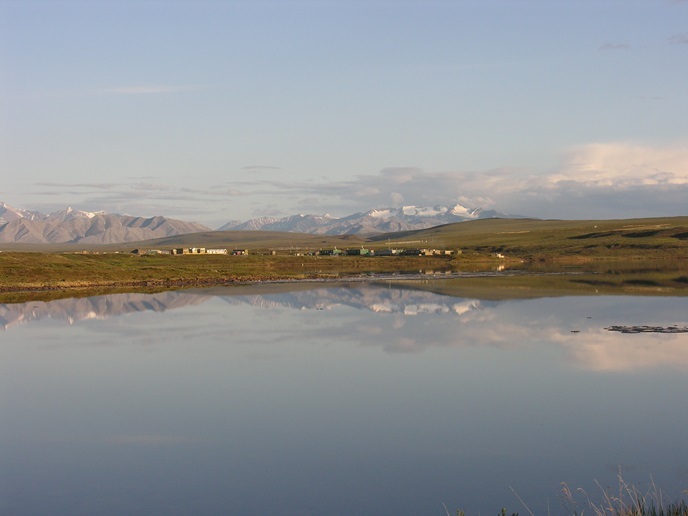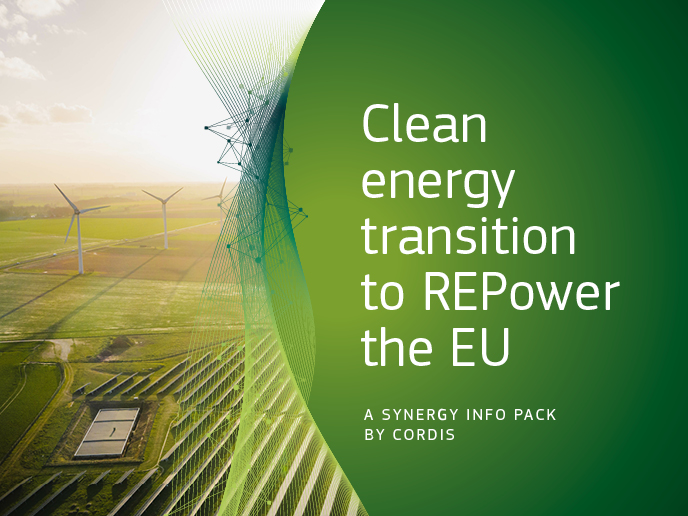World-leading climate models and tools simulate and predict regional climate with unprecedented fidelity in Europe
Climate is fundamental to our lives – from our food, water and health to our transport and economy. A better understanding of global climate processes and how they impact our weather and climate, in the past and for the future, is critical given the reality of climate change. The EU-funded project PRIMAVERA(opens in new window) has developed some world-leading global climate models that, together with advanced analysis, tell us more about the processes that have driven changes in weather and climate in recent decades and how they might play out in the future.
Higher resolution optimises risk management
“Our seven modelling groups developed new global models with higher resolution (think pixel size of a camera, our new models have pixels 25 km wide whereas the standard models have pixels more than 100 km) that could show us more detail, so that we could better represent weather and climate over Europe and globally,” explains Malcolm Roberts, PRIMAVERA project coordinator. By better modelling both the large scale, such as the mid-latitude jet stream, and smaller scales, such as tropical cyclones and extreme storms, it is possible to better quantify future climate risk for people and infrastructure. In addition to modelling, the team developed new tools to analyse the huge data volumes they produced. This enabled them to look at specific weather/climate features (e.g. blocking, when high pressure stays in one place and can cause summer heatwaves or winter cold snaps) and whether these might change in the future. These new tools help optimise public and private sector decision-making and increase the capability to manage climate risks. PRIMAVERA’s visualisation tool Data Viewer(opens in new window) offers an excellent illustration of what can be achieved when the model resolution is increased.
New climate simulations enhance information
The Intergovernmental Panel on Climate Change’s 7-yearly assessment reports(opens in new window) deliver climate information from more than 40 international climate modelling groups. However, because of the complexity and expense of running these models on large supercomputers, the spatial detail (resolution) is less than ideal, which can mean they do not properly represent some important weather and climate phenomena. PRIMAVERA addressed this by developing new climate simulation experiments that would be achievable with its significantly more expensive models that provide insight into what the standard models might be missing. “We’ve managed to raise the bar on the quality of climate information by doing this and produced useful advice both in terms of policy and for some industry sectors such as renewable energy, insurance and energy grids,” says Roberts.
How the reinsurance industry is benefiting
The simulations provide new insights into improving the climate models to produce more reliable projections of future change. The project’s data sets (about 1.5 PB of data, equivalent to about 250 000 HD movies) are being used by the whole climate science community for research. The project team produced a catalogue of wind storm events from the models that will be used by the reinsurance industry to assess the risks due to storm damage.







